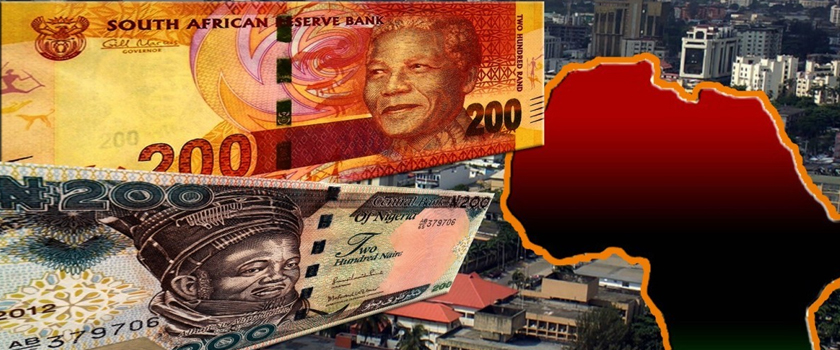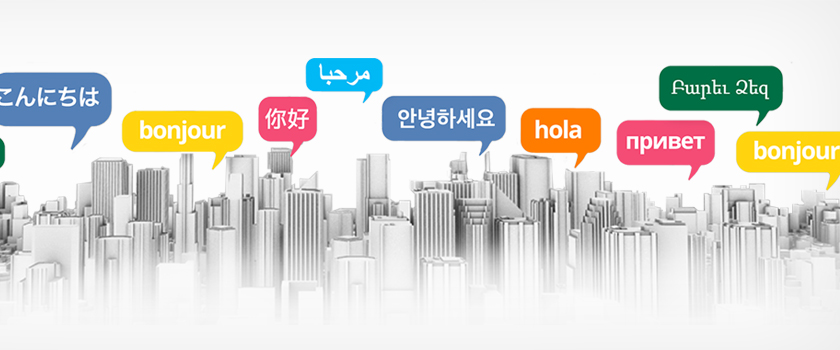2025 Offer Request a Quote Today and Grab a $50 Coupon for Free!
As a world organization, United Nations is the world organization for symbolizing unity, cooperation and mutual understanding among nations. The United Nations, UN—as we all know it, was founded in 1945 after the World War II. Since its inception, the UN has sought to promote security, international law, protection of human rights, economic development and eradication of poverty with a particular emphasis on social progress in its 193 member nations.
With such gigantic goals on its list, effective communication is the first step to establish dialogue among the diverse nations. Language is the first barrier it hopes to eliminate when embarking on its mission.
As a part of establishing dialogue among its nation states, the UN has six languages officially designated for itself to coordinate all member nations. These languages serve as a medium of exchange during the official meetings, where speeches are simultaneously interpreted into all six official languages and relayed to the delegates. Furthermore, all the documents released by the UN are printed in all six languages.
Multilingualism lends some important advantages for UN. It enables communication between the UN states that have a diverse culture and background. It acts as a unifying force, binding the states through comprehensible dialogue and communication. This ensures increased participation from all the nations, acting as a tool to promote tolerance and acceptance, as well as paves the way for greater effectiveness, involvement and better outcomes.
Let’s look at the status that each of these six languages hold in UN:
Spoken as either a primary or secondary language, the majority of the world’s population use any of these six languages for establishing communication. In fact, these languages are spoken by almost 2.8 billion people in the world—that is approximately half of the world’s population.
So, what about the other half of the world?
We know that half of the world understands these languages, and the world is so geographically diverse that most people will speak at least one of them, right?
Not really. When you look down at the list of total speakers, an interesting paradox is seen. Less than half of the world can communicate in these languages, fewer can understand these languages, while only a small number among them can comprehend the documents in these languages.
With over half of the world still out of the loop, it is high time UN includes more languages in its portfolio of languages.
Those people who speak Japanese may be wondering why their language is not on the list, the same way as those people who speak Portuguese or Italian.
So, what should the future list of languages for UN look like?
Hindi is likely to make it to the list of UN languages due to the sheer number of people speaking it. With the fifth largest number of total speakers in the world, the only reason for it not being included in the folds of the official languages is the isolated area where it is spoken—the subcontinent.
Bengali has 250 million speakers worldwide and is a possible candidate for the list of new official languages.
Portuguese language is more geographically diverse than either Russian or Bengali. It is the sixth language in the world to be spoken as a native language and the second most spoken Roman language in the world after Spanish.
The world is continuing to expand, with new languages gaining hold as the immigration laws ease between nations. Adopting a stance of including more languages is indeed, in the best interests of United Nations for achieving the aim of establishing global dialogue and communication.

On the Labour Day Holiday, 147,000,000 Plus Chinese people choose to travel around the country. Labour Day is one of the
Read more
There are 196 countries in the world in which 25 of them are very rich which shows that they are
Read more
dwg: It means a drawing file save format created by AutoCAD, and now has been the standard format of 2D
Read more
To sum up the publicity stance, sometimes the marketing campaigns do not have their envisioned result. When publishing the brand ads
Read more
The state of Assam is the king producer of tea in India; Dibrugarh is the hub of tea gardens in
Read more
Digital signage is the form of electronic display that shows information, advertising and other messages. Digital signage such as LCD,
Read more
Did you know that Malay’s official name is Bahasa Malaysia? Did you know that it is basically a parent language
Read more
Portuguese is the language that far too often gets ignored. But the truth is Portuguese is one of the world’s
Read more
For the past 5-6 years, Translation Services have seen a great boom in business. Although, large corporate firms have been
Read more

